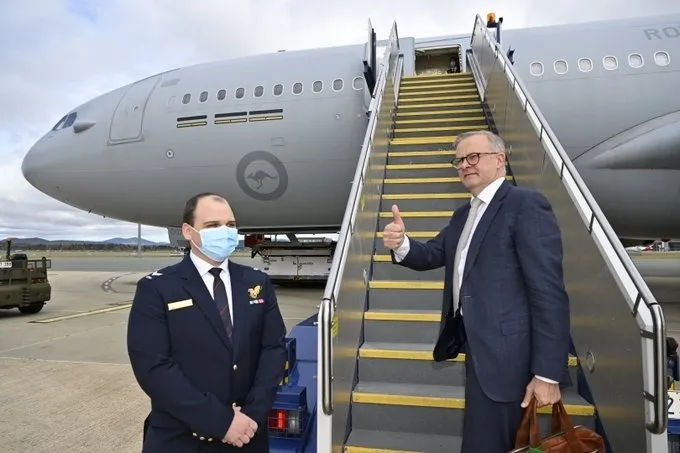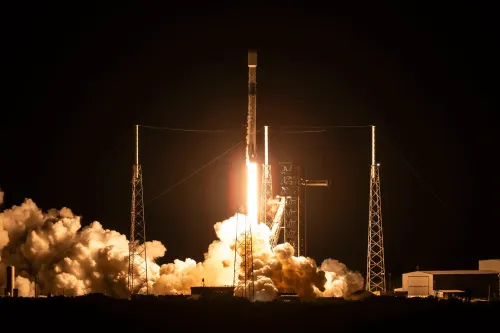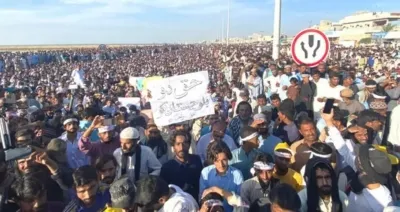Will Reelected Australian PM Fulfill His Election Promises?

Synopsis
Key Takeaways
- 20% reduction in higher education student debt.
- Creation of a federal environmental protection agency.
- Focus on resolving housing shortages.
- Strong parliamentary gains for the Labor Party.
- Potential for significant legislative changes with Greens support.
Canberra, May 5 (NationPress) Australian Prime Minister Anthony Albanese stated on Monday that his government's top priority is to deliver on its election pledge to reduce every Australian's higher education student debt by 20 percent. This will be followed by the establishment of a federal environmental protection agency and initiatives to address housing shortages.
Albanese made these statements at a press conference held at Parliament House after returning to Canberra following his ruling center-left Labor Party's significant victory in the recent General Election.
He also revealed that his inaugural overseas trip in his new term as Prime Minister will be to Indonesia, which mirrors his first bilateral visit in 2022, just two weeks post that year's election.
Furthermore, Albanese confirmed that he has accepted an invitation from Canadian Prime Minister Mark Carney to participate in the upcoming G7 Leaders' Summit in Alberta this June.
Since Saturday's election, he has already conversed with various world leaders, including US President Donald Trump, discussing tariffs, as reported by Xinhua news agency.
As the vote count progresses, the Australian Broadcasting Corporation has announced that the Labor Party has claimed victory in 85 of the 150 seats in the lower house of the federal parliament, with Labor candidates currently leading in an additional seven seats.
Securing 92 lower house seats would mark the highest number won by any major party since the conservative Coalition's 94 seats in 1996 and would signify the third occasion in Australian history where a party has achieved more than 90 seats.
Additionally, Labor has made strides in the 76-seat Senate and is on course to maintain at least 27 seats in the upper house, which tends to be more fragmented than the lower house, up from 24 prior to the election.
This development means that the Labor government can pass legislation through the upper house with the backing of the left-wing Greens—which are projected to hold 11 Senate seats—along with one independent, thereby eliminating the need for support from the opposition Coalition.









